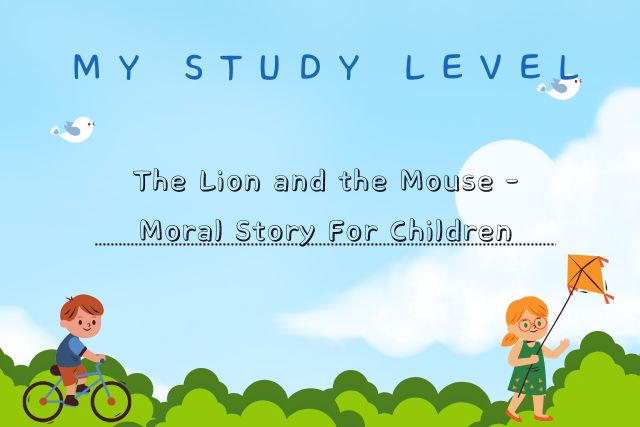Physical education was first suggested by the Greek philosopher Thales of Miletus, in the 6th century BC, but was only formalised in the 19th century, when Russian educator and sportsman Anna Bogdanova laid down the principles of physical education. She considered physical activity to be “a means of being happy”.
What is Physical Education?
Physical education is now often thought of as a single discipline – one with a very particular set of principles, that all take in participation and discipline, self-discipline and team work, teamwork, respect for the self and others, active recreation, adventure, and, sometimes, death.
Physical education as a discipline has become much more widespread in the past century, but it wasn’t until the 20th century that children and young people were encouraged to Exercise Regularly for the sake of their health.
In the US, physical education in public schools has been a legal requirement since 1912, but it wasn’t until 1973 that physical education was recognised as a discipline within British secondary schools. It wasn’t until 1974 that physical education became an independent academic subject in British secondary schools.
Physical education is now taught at all levels, from kindergarten to university. In the UK and Ireland, the requirement for at least 30 minutes of physical education a week was introduced in 1998, and it’s now legally compulsory for primary and secondary schools, as well as colleges.
Physical education is also sometimes regarded as the “third pillar” of the school curriculum, alongside the English Baccalaureate (EBacc) and the International Baccalaureate (IB).
Physical education teachers face many challenges in the school day. They must supervise class, run sports or recreational sessions and encourage healthy exercise among their pupils.
Need To Exercise Daily
However, there’s a lack of evidence to support a long-term link betweenExercise And Improving Academic Achievement. That said, PE teachers often report improved wellbeing, self-esteem and improved school-life quality, which can be linked to improved classroom outcomes.
In the UK, there are thought to be more than 400,000 physical education teachers working in state-funded schools. In Ireland, there are a little fewer than 1,000, and many of these are based in community colleges and Catholic voluntary controlled schools.
Historically, physical education has been considered a major part of the school curriculum. But today, in addition to being mandatory for children in nursery and primary school, it’s also part of many secondary school programmes.
This includes Advanced Transition, where students in the Leaving Certificate prepare for university entrance. Many have taken “unit” GCSEs, but before that they may have studied physical education in sixth year or done a physical education course.
Physical Education Teachers are also required by law to act in a “fair and impartial manner” when it comes to reporting on pupils’ progress. It’s also an expectation that they offer an option for physical activity within the school’s non-curricular offer.
The interest: Students often return from school wanting to do more physical activity. Many may look for gym teachers or team sports teachers, but some will go looking for PE teachers. In a survey of PE teachers working in state schools in Northern Ireland, 66% said that the subject is well regarded by the student population.
This is probably related to a combination of factors. For example, PE teachers are often seen as role models: students may think that PE teachers are more likely to be physically fit and that they have more opportunities to participate in exercise.
Some teachers may be aware of the current emphasis on Physical Activity In The Culture and media. For example, the Body Project – a national campaign for obesity prevention – includes discussions of the role of physical activity in terms of overall health and wellbeing.
Physical activity is also seen as a form of self-expression: for example, performing in sports teams or doing a school play can be positive ways of showing oneself to be part of a group. But because it’s less organised and more often seen as being performed independently, more than 80% of PE teachers report having to work hard to ensure that students don’t take on more than they can handle.
Dilemmas:The focus of PE teachers is to improve the health and wellbeing of students, but the way this is carried out can be complicated by a range of factors.
A teacher who has attended sports training sessions before can run a sports team for less experienced pupils, but they won’t be familiar with the curriculum. They won’t be familiar with the educational resources or the school’s policies. And they will lack the support of the rest of the school.
When teachers are at work, they are often acting as “everything” – from running sports sessions, to preparing lunches, to ensuring that the school’s website and computers are up and running.
They may also be on call for illness, school trips or staff meetings. In practice, they are often working long hours, with no guarantee of regular breaks or time off. Many report feeling worn out and stressed by the demands of their jobs.
The earlier: A 2012 study of schools in West Yorkshire found that a third of teachers take time off sick each year due to stress, anxiety or depression. The same study also found that half of PE teachers feel that the time they get to spend on PE during their teaching time is being undermined by work commitments.
The study also found that school PE teachers’ work to promote physical activity comes up against several barriers. These include parental concern about their child’s health and support for sports clubs, rather than the school’s physical education department.
Some schools don’t allow PE teachers to participate in sport clubs, such as football, hockey or cricket, because they don’t think that the school would manage without them in the PE department. And there is often little paid sick leave.
A daily issue: This lack of support for PE teachers means that they often have to choose between choosing to take on work that is worthwhile, but potentially less beneficial to the health of their students, or taking time off to attend games and training.
In a survey of PE teachers in the north-west of England, nearly half reported being absent at least once a week because they were dealing with tasks that interfered with their teaching.
In the UK PE teachers who are doing it all – who don’t just deliver lessons but are also responsible for cooking lunch and maintaining the school’s website – often have to work until 8pm or later at the weekend, if they are to fit in at least one 15-minute PE lesson before the school day ends at 4.15pm.
In the New Year, the government will publish a new national health and wellbeing strategy. This is a welcome sign that ministers recognise the importance of PE in schools, and more needs to be done to support the professional development of PE teachers to ensure that they don’t fall through the cracks.













Leave a Reply